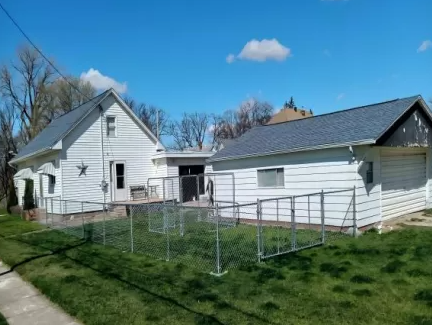Welded Reinforcing Mesh vs. Traditional Reinforcement: Key Differences Explained
Welded Reinforcing Mesh is more advantageous than Traditional Reinforcement in terms of efficiency, strength, and construction time. This conclusion stems from an analysis of the fundamental differences between the two reinforcement methods and their implications for construction practices.
Understanding the Basics
Traditional reinforcement usually involves the use of rebar, which is individually placed and tied together to form a grid or mat inside concrete structures. This method can be labor-intensive and time-consuming, as it requires careful positioning and fastening of each rebar piece. On the other hand, Welded Reinforcing Mesh comes pre-fabricated in sheets, with intersecting wires welded together at designated intervals. This pre-assembly facilitates quick installation, reducing man-hours on site.
Advantages of Welded Reinforcing Mesh
One of the primary advantages of welded mesh is its strength. The welding process creates a robust and uniform distribution of load across the mesh, minimizing the chances of weak points which often occur when individual rebars are joined. This consistent performance makes welded mesh particularly desirable in applications where structural integrity is crucial, such as in bridges, highways, and large buildings.
Efficiency in Installation
Another significant benefit of welded mesh is the efficiency it brings to the construction process. Contractors can install sheets of mesh quickly; rather than spending days tying thousands of bars, the process can be reduced to mere hours. This speed not only accelerates project timelines but also lowers labor costs, leading to savings that can be reinvested or passed on to clients.
Further reading:How to Choose the Right ODM Euro Style Fence?
Top 5 Uses of Chain Link Temporary Fencing 2024
What factors influence portable chain link fence purchases?
Razor Wire vs Concertina Wire: Which to Choose?
What is Copper Clad Steel Wire Used For?
How Can Coil Razor Wire Enhance Your Security Without Compromising Aesthetics?
Why Choose Metal Mesh Guardrail for Safety?
Impact on Construction Practices
The shift towards welded reinforcing mesh has led to transformative changes in construction practices. As the industry embraces technologies and methods that promote efficiency, projects can be completed faster without compromising safety or quality. This shift has facilitated tighter deadlines and budged parameters that are more aligned with modern demands in construction.
Environmental Considerations
Moreover, using welded mesh can have positive environmental implications. With faster installation times, construction sites require fewer resources over extended periods, reducing waste and energy consumption. These factors contribute to a more sustainable approach within the highly energy-intensive construction industry.
Conclusion
In conclusion, the preference for Welded Reinforcing Mesh over Traditional Reinforcement showcases a significant evolution in construction methodologies. The efficiency, strength, and reduced labor costs make it an attractive alternative that aligns well with contemporary construction demands. As the industry continues to evolve, the adoption of technologies like welded mesh could set a new standard for quality and efficiency in structural reinforcement.
Are you interested in learning more about Welded Reinforcing Mesh for Pipelines, Wholesale Structural Mesh Spplier? Contact us today to secure an expert consultation!
Further reading:Why Hastelloy B-2 Wire Cloth is Essential for Corrosive Industries
How to Choose High-Quality 3D Fencing Solutions?
How to Choose the Best Perforated Metal Gutter Guard?
How to Choose Import Portable Chain Link Fence Panels?
ODM Galvanized Iron Wire Fencing vs. Traditional Fencing Solutions
What are the benefits of using perforated metal?
Chain Link vs. Welded Wire: Which Industrial Fencing Prevails?









